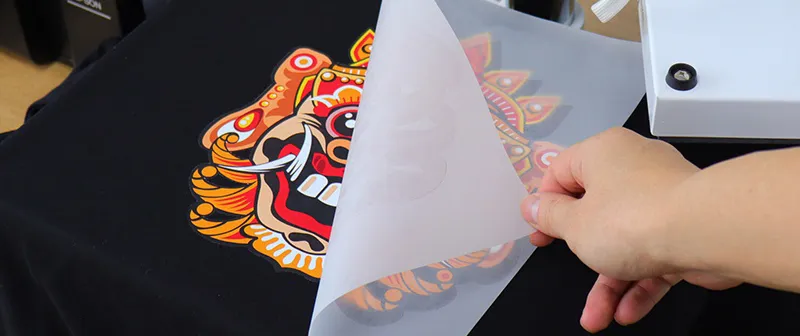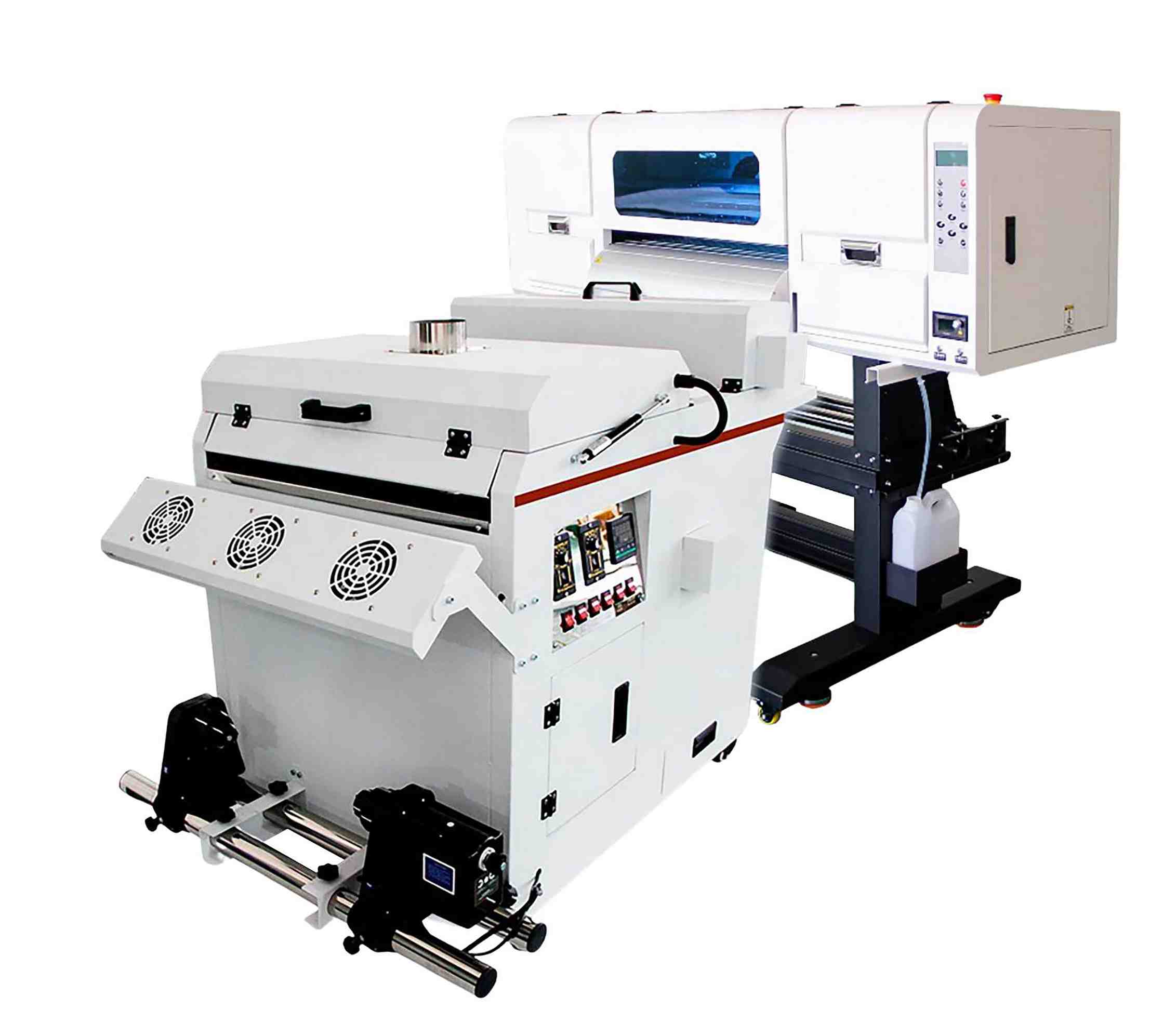DTF Printing Demystified: Whatever You Required to Find Out About Direct-to-Film
Mastering DTF Printing: Idea for Achieving Vibrant and Sturdy Prints
In the globe of fabric printing, attaining vibrant and resilient prints is a desirable ability that can elevate the quality of your output. From selecting the best materials to adjust print settings and refining post-printing completing methods, there are many aspects that can affect the outcome of your prints.

DTF Printing Basics
For those brand-new to the globe of fabric printing, comprehending the basics of DTF printing is vital to understanding this ingenious method. Direct to Film (DTF) printing is a modern approach that includes moving designs from a special film onto numerous textiles making use of a warmth press. Unlike traditional methods like screen printing, DTF supplies advantages such as vivid shades, complex outlining, and the ability to publish on diverse products like cotton, polyester, and blends.
The process starts by printing the layout on a special DTF film utilizing a compatible printer with CMYK or CMYKW ink sets. As soon as the style is published, it is then healed with a warm press to create a long lasting and lasting print. DTF printing is known for its capability to reproduce intricate styles with high accuracy and color precision, making it a preferred option for companies aiming to produce custom garments, promotional things, and much more.
Choosing the Right Products

The adhesive powder acts as a bonding representative in between the printed layout and the material, so it should have strong attachment buildings to make sure a durable and long lasting transfer. By thoroughly picking the ideal materials for DTF printing, printers can boost the high quality, vibrancy, and durability of their prints.
Optimizing Publish Setups
When aiming to attain the best outcomes in DTF printing, meticulous interest to maximizing print settings is critical for making sure accurate and high-grade weblink transfers onto textiles. One crucial aspect to consider when maximizing print setups is the resolution.
While enhancing the rate can improve efficiency, it might endanger the last print's clearness and color saturation. Experimenting with different rates and observing the outcomes can assist identify the optimal setup for each print work.
In addition, adjust color profiles and guaranteeing appropriate color monitoring are vital for achieving constant and accurate shades across different prints. By adjusting color settings and accounts, printers can lessen color inconsistencies and generate uniform outcomes, improving the overall print top quality and client complete satisfaction.
Preparing Artwork for DTF Printing
Transform the art work to CMYK shade setting to make sure that the colors equate properly from screen to print. Keep in mind to mirror the last design before publishing to make certain that it transfers properly onto the garment. By adhering to these actions and paying close attention to the details, you can prepare art work that is maximized for dynamic and long lasting DTF prints.
Post-Printing Finishing Strategies
Implementing reliable post-printing completing methods is essential to boosting the durability and aesthetic appeal of DTF prints on textiles. As soon as the printing process is full, using warm to the printed layout is necessary.
Once the movie More Help is removed, the print might require extra curing time to better set the ink into the material. This step helps boost the washability and sturdiness of the print, ensuring it can stand up to multiple clean cycles without fading or breaking.
Additionally, cutting any type of excess film around the style can give the last print a specialist and clean appearance. Making the effort to properly end up DTF prints post-printing can substantially impact the overall top quality and durability of the textile style.

Conclusion
To conclude, understanding DTF printing needs a detailed understanding of the fundamentals, selecting proper materials, enhancing print setups, preparing artwork properly, and utilizing post-printing completing strategies. By complying with these tricks and ideas, one can achieve vibrant and long lasting prints that satisfy their wanted quality requirements. Consistent method and interest to information are necessary in accomplishing successful results in DTF printing.
From choosing the best materials to make improvements print settings and developing post-printing completing strategies, there are various variables that can influence the result of your prints. Unlike traditional methods like screen printing, DTF uses benefits such as dynamic colors, complex outlining, and the capacity to publish on diverse materials like cotton, polyester, and blends.
As soon as the layout is printed, it is then cured with a heat press to develop a durable and sturdy print.When intending to accomplish the finest results in DTF printing, precise focus to maximizing print setups is critical for go to website making certain top quality and accurate transfers onto fabrics.In verdict, grasping DTF printing needs a complete understanding of the fundamentals, picking proper materials, optimizing print setups, preparing artwork successfully, and using post-printing ending up methods.